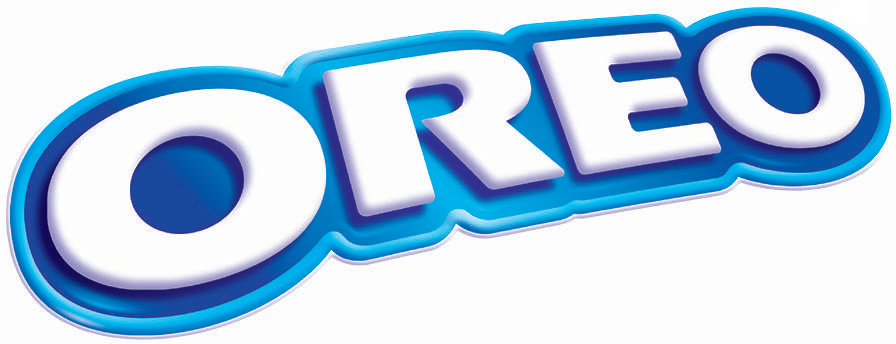Sometimes, successful marketing tactics come out of nowhere. We can look at Domino’s Pizza as a great example of this.
In the late 1980s, Domino’s Pizza unleashed a marketing campaign featuring an animated character called The Noid. At first glance, the character has absolutely nothing to do with Domino’s, pizza or anything at all, for that matter.
Still, the character became popular. This, of course, is what all marketing campaigns set out to do. By creating this odd yet somehow successful extension of their brand, Domino’s succeeded in increasing their name recognition, sales, and overall success.
The Noid character is something of an enigma to the branding and marketing world. The character was supposed to be a physical manifestation of all of the things that could go wrong in delivering a pizza in 30 minutes or less. The commercials featured him attempting to—and always failing—to stop the prompt delivery of pizza to the customer.
According to the marketing team that crated the character, he was an example of how people got annoyed with late pizza delivery. A clever play on words transforms “annoyed” to “A Noid.”
Dressed in a red suit with rabbit-like ears, he was an unlikely mascot for a pizza business. But it worked. And it worked well.
The character itself was a magnet for kids. There were stuffed animals and stickers galore. Computer games were created around the character; there was even a Nintendo game based on the character…and in the late 80s, that was a profound achievement.
There’s no telling how much longer the Noid could have rode its odd wave of fame. The mascot was shelved in 1989 when a mentally ill individual with the last name of Noid enetered a Domino’s Pizza and held the staff at gunpoint. He demanded that they make him a pizza, hand over $100,000, and a getaway vehicle. After this debacle, Domino’s quietly dismissed the Noid of its duties.
The character was briefly bought back in 2011 as part of a Facebook campaign as a nostalgic measure. It has also showed up in numerous pop culture venues, featuring comical gust spots on The Simpsons, 30 Rock, and Family Guy.



 pany’s blog serves as a major facet of communicating with your audience, it is a good idea to have a privacy policy somewhere on your blog. This can be a sidebar item, disclaimer text along the footer, or even a page unto itself.
pany’s blog serves as a major facet of communicating with your audience, it is a good idea to have a privacy policy somewhere on your blog. This can be a sidebar item, disclaimer text along the footer, or even a page unto itself. The marketing team behind the Oreo brand created a simple yet effective—and extremely timely—ad that went viral on Twitter. Posted during the blackout and shared more than 15,000 times, the ad features a single Oreo cookie on a dark background. The brief yet witty text stated: “You can still dunk in the dark.”
The marketing team behind the Oreo brand created a simple yet effective—and extremely timely—ad that went viral on Twitter. Posted during the blackout and shared more than 15,000 times, the ad features a single Oreo cookie on a dark background. The brief yet witty text stated: “You can still dunk in the dark.” The Super Bowl is the most watched event in the United States, drawing in rankings that obliterate most others at the end of the year. It’s an exciting time for not only sports fans but advertisers and businesses as well.
The Super Bowl is the most watched event in the United States, drawing in rankings that obliterate most others at the end of the year. It’s an exciting time for not only sports fans but advertisers and businesses as well.